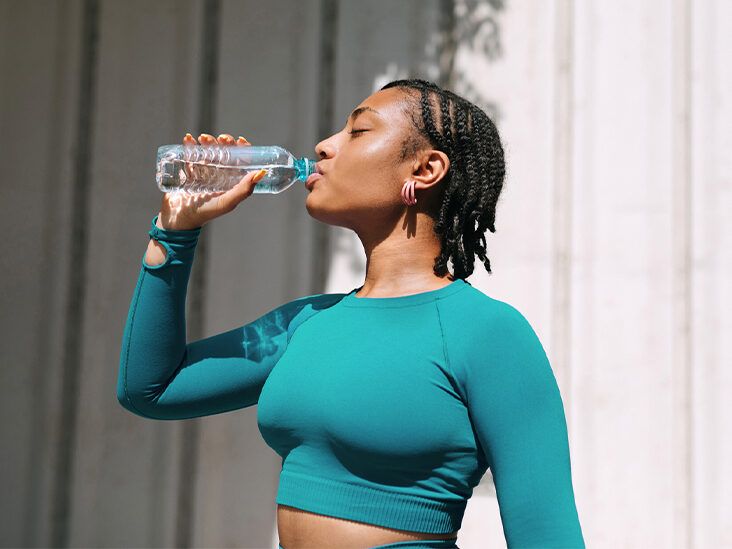
Water is crucial for your health, and the quality of the water you drink directly affects your well-being. With concerns surrounding water contaminants, many people are considering installing a fluoride filter to improve the safety and flavor of their drinking water. If you’re curious about whether a fluoride filter could be the solution you need for healthier drinking water, this guide will help you understand its benefits and usage. SoftPro Water Filters for Fluoride Removal Near Me
A fluoride filter is designed to remove excess fluoride from your drinking water. While fluoride is often added to public water supplies to help with dental health, too much fluoride can potentially lead to dental fluorosis and other health issues. If you’re concerned about fluoride levels in your drinking water, a fluoride filter can be an effective way to provide cleaner and safer water.
To get started, you’ll first need to evaluate your current water quality. You can do this by requesting a water quality report from your local municipality. This report will provide information on the levels of fluoride and other potential contaminants in your water supply. Understanding these levels will help you determine if a fluoride filter is necessary for your specific situation.
Once you’ve decided to proceed with a fluoride filter, the next step involves choosing the right type of filter that suits your needs. There are several filter options available, including:
- Inline filters: These are installed directly under your kitchen sink and can remove fluoride from your tap water.
- Countertop filters: These sit on your counter and connect to your faucet, making them easy to access.
- Pitcher filters: These are portable and allow you to filter water in a simple pitcher. Many models are designed to remove fluoride specifically.
When identifying the right filter, ensure it is certified to remove fluoride by checking for certifications from organizations like the National Sanitation Foundation (NSF). This will give you confidence in the filter’s effectiveness.
After purchasing a fluoride filter, installation is typically straightforward. Follow the manufacturer’s instructions to ensure proper setup. If you choose a pitcher filter, all you need to do is fill the pitcher with water and let it do its job. For inline or countertop filters, you may need some basic tools, but most come with clear guidelines to assist you. If you’re ever unsure about installation, consulting a professional can provide peace of mind.
Once your fluoride filter is in place, it’s crucial to monitor your water quality regularly. Replace the filter according to the manufacturer’s recommendations, as a clogged or worn-out filter can compromise its effectiveness. This proactive approach ensures that you consistently enjoy clean, filtered water. (
)
In short, a fluoride filter can significantly contribute to your quest for healthier drinking water. By understanding your water quality, selecting an appropriate filter, and maintaining it properly, you can enjoy the benefits of cleaner water that supports your overall well-being. Take action today, and explore the potential of a fluoride filter to enhance your hydration experience.
